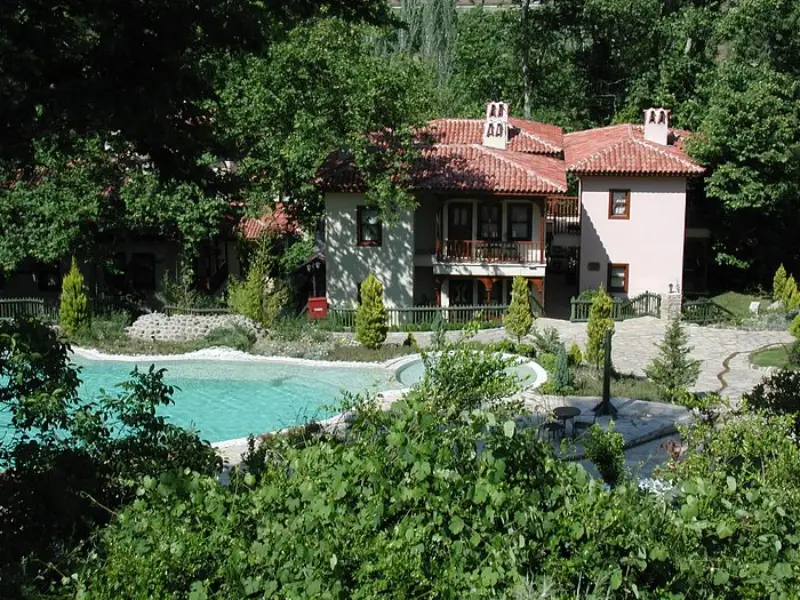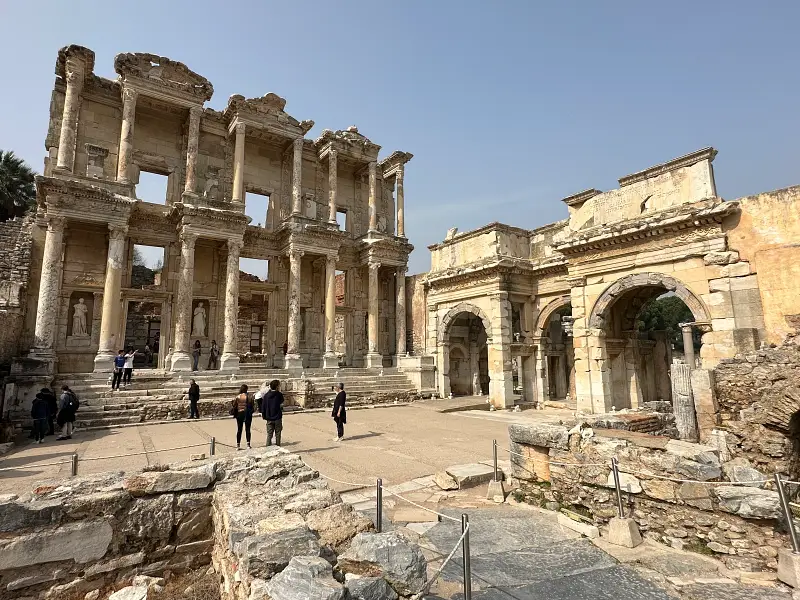Shopping In Mugla
To understand the values of Mugla, it is necessary to feel the nature, culture and history of the region. As you explore Muğla, you discover the handicrafts. The local people have been making them for thousands of years. The products and natural beauties created by the craftsmen in the region with traditional methods amazes the visitors of Mugla.
We have mentioned the Houses of Mugla and their Chimneys, the underwater world in the deep blue waters of the Muğla coasts. Moreover, The ones, visiting Muğla for historical and touristic values, want to witness the construction process of the Bodrum gulets. They are regarded as the landmark in maritime since ancient times. They want to experience the adrenaline-rich sports like windsurfing and paragliding.
Handicrafts
One can find handicraft products reflecting the history of Muğla today. The locals, traders and businesses are trying hard to keep the handicrafts about to go extinct. The Yörük culture (nomad culture) and handicrafts have existed in the city since ancient times. And there is great interest in handicraft produced with great passion and virtuosity.
Dastar weaving, as old as the Turkic tribes’ settlement in the region, is a local weaving type. It is typical weaving on which patterns, preferably of the same colour with bleached cotton yarn, woven on a shuttle loom. In the Dastarhane in Fethiye, the textiles unique to the region attract the attention of the visitors. Kolan, woven in various colors and patterns in the form of thin and long belts, is another handicraft carrying cultural features unique to the Fethiye region.
Mugla Weaving
On the other hand, visitor generally know the carpets of Istanbul. However, The history of weaving in Muğla dates back to the time when humans appeared on the stage. Weaving forms an crucial part of traditional handicrafts in Muğla. In the past, the weaving was made in order to produce clothes, scarves, and has developed and varied over time. The geographical conditions has shaped the lifestyle in the region. Milas Carpet, Kayaköy Carpet and Fethiye camel rugs are among the local weavings known in Muğla. Camel rugs are very important in nomadic culture. It made the caravan garish during migration between the plateau and the coast. This was an important moment for nomad women to show off by exhibiting their talents.
In Muğla, besides carpet, rug weaving, cloth weaving was used to make light covers such as clothing and sheets. Cloth weaving, known as Yeşilyurt weaving, is woven in many villages of Muğla. Nevertheless today it is mostly woven in Fethiye / grapes, Bayır, Yeşilyurt (Pisi) and Kafaca towns. Woven cloths were mostly used as bed sheets and covers in the past, but today they are used as curtains, clothes, sheets and various things. Private and public institutions introduced Muğla woven textile to protect its traditional property with modern design in various fairs and festivals.
Another craft type developed in Muğla is coppersmith. The coppersmith centre of Muğla is Kavaklıdere district. Kavaklıdere is a among the mountains and far from the centre. It’s not known how coppersmith started and developed in Kavaklıdere. However, copper work has been done in the region for 4 generations and has been maintained as a family tradition. In the past, everybody in the district were getting by with coppersmith both in the production and marketing stages. Today, few families continue their profession.
Muğla Marble
Muğla is one of the provinces with the highest quality marble in Türkiye. Marble is not less important than tourism. Marble has been used in the construction of buildings for thousands of years. It is one of the exported goods of Türkiye and is known that the marble used for the Mausoleum, one of the Seven Wonders of the World, as well as the one used in the ancient city of Stratoniceia originated from this region.
Muğla White, Milas Lilac, Aegean Claret Red, Pearl, Kavaklıdere and Pink marble are the varieties that Muğla has to offer from its total marble reserve of 400 million tons and a workable marble reserve of 181 million m³.








